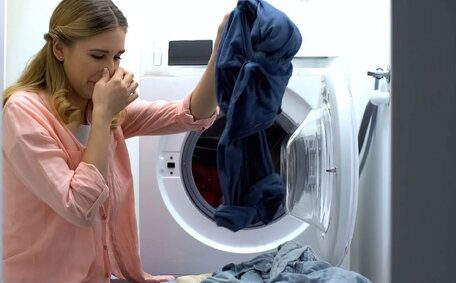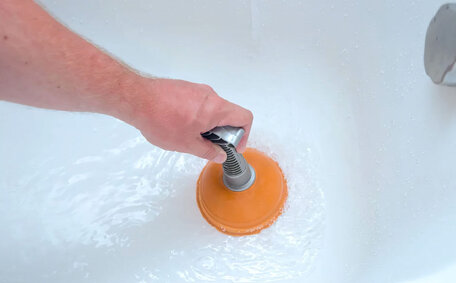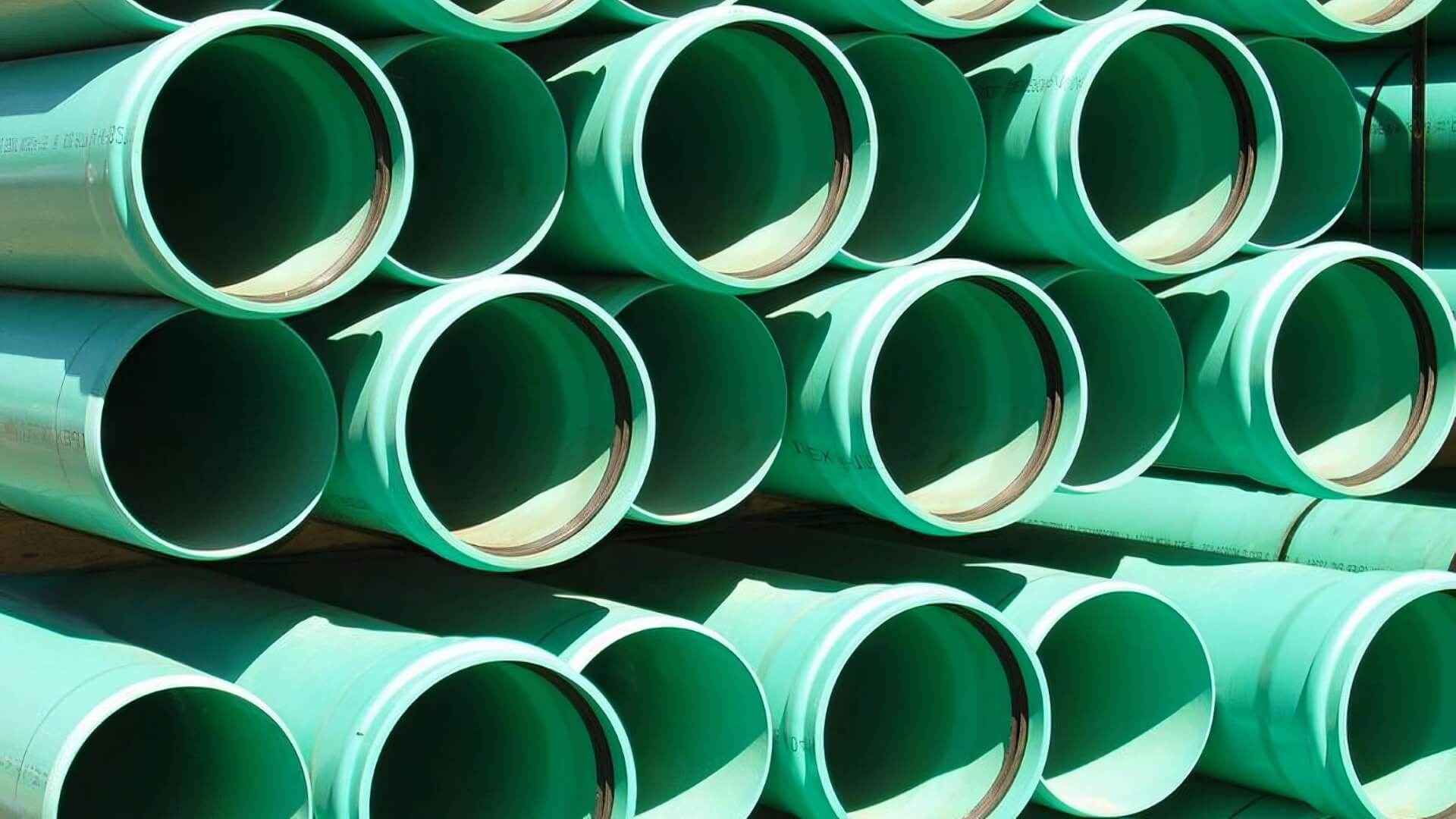Introduction to Relighting a Gas Water Heater Pilot Light
A gas water heater’s pilot light going out can disrupt your hot water supply, making for a frustrating situation.
The pilot light provides a small, constant flame used to ignite the gas burner every time hot water is needed. While there are general steps to follow when relighting a pilot, each water heater model varies, so always refer to your manufacturer’s guidelines first.
This guide details safety measures, necessary tools, access points, ignition methods, and tips for effectively relighting your pilot light. As trusted plumbers located in Eastwood, Sydney, Eastwood Plumbing has the expertise to assist with your specific hot water system if needed.
Safety First When Working with Gas Appliances
Always prioritise safety when dealing with gas appliances. Gas leaks and explosions, while rare, can cause severe injuries or damage if precautions aren’t taken.
Start by locating the gas control valve on the water heater and turning it off to halt the gas supply. Allow time for any unburnt gas to clear - avoid immediate attempts to relight the pilot. Ensure the area has adequate ventilation to prevent gas buildup.
Always follow the manufacturer’s relighting instructions exactly. Wearing safety glasses provides extra protection. Having the right tools, such as a long fireplace lighter, simplifies the relighting process.
If at any point you smell gas or are unsure how to safely relight the pilot after several attempts, call a professional for assistance. As licenced gas plumbers located in Eastwood, Eastwood Plumbing has the expertise to safely relight water heater pilot lights.
Locating the Pilot Light Assembly
Finding the pilot light assembly starts with locating the access panel on your gas water heater. On older models, the access panel is typically located behind a small metal door at the front bottom. Newer water heaters tend to have the access panel on the side.
Search for a secured panel that, once opened, reveals the gas control valve and pilot light igniter.
The pilot should be easily visible once the panel is off, often enclosed in a small metal box with a sight glass window. Refer to your water heater manual as locations vary across makes and models. Instructions specific to igniting your pilot assembly would be included.
If unable to locate the pilot light, Eastwood Plumbing can schedule a visit to assist with the process for relighting it.
Understanding the Pilot Light System
The pilot light system consists of a few key components that work together to provide a constant ignition source for heating water on demand.
At the centre is the pilot light itself - a small gas burner that emits a flame which is used to light the main burner. The thermocouple next to the pilot flame generates a small electrical current when heated, signalling that the pilot is lit.
This current holds the gas control valve in the open position, allowing gas to flow should the water heater’s thermostat call for heat. If the pilot goes out, the loss of electrical signal will automatically close the gas valve as a safety measure.
The gas control valve regulates all gas flow and will often have an igniter button to manually light the pilot. An indicator light shows when the pilot is on and will go out if ignition fails despite pressing the igniter.
Comprehending this operation sequence aids in troubleshooting pilot light issues. Knowing where key parts are located and how they function is useful when relighting water heater pilots.
Accessing the Pilot Light Area
After turning the gas control valve to 'off’, wait 5-10 minutes before approaching the pilot light area. This allows time for any residual gas to dissipate from around the water heater and reduces the risk of ignition or explosion.
Ensure the room is well-ventilated by opening doors and windows. Check for any chemical odours or gas smells before proceeding. Wearing safety glasses provides an extra layer of protection while working near the pilot assembly.
Locate the access panel as outlined earlier, either at the bottom front or side of the water heater. Remove the panel carefully with the appropriately sized screwdriver. Take care not to lose any screws or fasteners for reattachment later.
Visually inspect the newly exposed area with a flashlight before touching anything. Identify the small pilot light flame inside a metal box. The thermocouple and igniter button should also be noticeable on the gas valve control.
Avoid leaning directly over the water heater with your body or clothing. Have your igniter tool and manufacturer’s instructions handy. With safe access achieved, attempt relighting the pilot following the next steps.
Manually Relighting the Pilot
With safety gear on and the pilot area accessed, manually relighting the pilot light can begin. Always follow your specific water heater’s instructions as the steps may vary.
Ensure the gas control knob is turned fully clockwise to the ‘off’ position. Press the knob down slightly and hold for 30 seconds to allow any built up gas to escape.
Turn the gas control knob counter-clockwise to 'pilot’, press and hold the igniter button, and use a long fireplace lighter to ignite your pilot flame within 90 seconds. A clicking noise may indicate ignition.
Once the pilot stays lit after releasing the igniter button, continue holding the knob down for 30 more seconds then let go. If the pilot remains on, turn the knob further counter-clockwise to the ‘on’ setting.
If the pilot doesn’t stay lit, repeat the igniter process until a flame holds then immediately turn to the ‘on’ position. Your water heater should now re-ignite the burner when hot water is called for. Otherwise, Eastwood Plumbing can assist with manually relighting the pilot if needed.
Using Electronic Ignition
Modern gas water heaters often feature electronic ignition systems, eliminating the need for a standing pilot light. This eliminates energy waste and the need to manually relight if the pilot goes out.
Electronic ignition water heaters feature a red igniter button and an indicator light. Simply press the igniter button to light the burner just like turning on a light switch.
Start by ensuring the gas control is turned off for 5 minutes to let any residual gas dissipate. Open nearby doors and windows to ventilate the area before pressing ignition.
Turn the gas control knob to the pilot position then press the igniter. You should hear a clicking sound as the electronic igniter creates a spark. The burner will light and stay on until hot water is no longer called for.
The indicator light will glow when ignition is successful and the pilot flame remains on. If the burner fails to light, the light will go out. Repeat pressing the igniter up to 3 times until lit.
Should the electronic pilot system fail, Eastwood Plumbing’s licenced gas plumbers are ready to inspect the ignition control system and ensure your water heater’s pilot is lit.
Testing the Pilot Flame
After attempting to relight the pilot, confirm visually that a flame is present within the pilot light assembly. Peer into the view window for a bright blue flame approximately 2.5 cm in height.
A correctly burning pilot flame should stay lit and steady after you release the gas control knob. The flame may slightly waver but should clearly be visible. Its colour and shape offers insights on gas ignition performance.
A blue pilot flame indicates efficient combustion. Orange or yellow flames suggest restricted airflow and low oxygen for combustion. The thermocouple requires temperatures above 315°C, consistently provided by blue flames.
Should the flame extinguish abruptly after releasing the gas knob, air pockets in the line could be hindering gas flow. Repeat the manual relight steps allowing more time for trapped air to purge.
Professional help is needed when the pilot flame remains unstable or discoloured after multiple relighting attempts. Eastwood Plumbing’s licenced technicians can fully inspect your water heater’s pilot assembly and ventilation to restore safe operations.
Troubleshooting Issues
Several common issues may be encountered when trying to relight your water heater’s pilot light. The most frequent is the pilot failing to stay lit after releasing the gas control knob or pressing the igniter button.
If the flame extinguishes immediately after a successful lighting, retry the process 2-3 times, allowing extra time for gas to purge. Persistent failure may indicate low gas pressure, affecting the fuel supply for combustion.
Another problem is failure to establish a pilot flame at all despite repeated piezo igniter clicks. This often results from a weak igniter spark unable to light the gas. Quick igniter button presses don’t allow enough arc contact time for ignition either.
Pilot issues may originate from more significant problems such as faulty thermocouples, defective gas valves, poor ventilation, or serious leaks, making repairs risky for non-professionals.
If you smell gas, see the indicator light off, or remain unable to keep the pilot lit after several relight attempts, professional servicing is recommended. Eastwood Plumbing’s licenced technicians can troubleshoot water heater pilot issues and determine if repairs or replacements are needed.
Seeking Professional Assistance
Should you fail to light the pilot despite observing all safety precautions and the manufacturer’s instructions, it’s advisable to seek professional help.
Repeated attempts at ignition without expertise increase the risks of gas leaks, fire, or explosions. Our experienced licenced plumbers at Eastwood Plumbing can quickly and safely relight your water heater’s pilot light.
Our extensive experience in Eastwood and Sydney has given us a broad understanding of different hot water system brands and models. Our plumbers come prepared with the requisite safety gear, meters, igniters, and tools for accurate diagnosis and repair of pilot light problems.
We are available 24/7 to assist with emergency pilot repairs or full water heater servicing needs. Simply call 1300 349 338 or email [email protected] to schedule an appointment. Upfront pricing and financing options are available to suit your budget.
Reliable hot water is essential for every home and business. Trust Eastwood Plumbing - your local licenced gas and plumbing professionals to keep your water heater’s pilot light running safely all year long.






